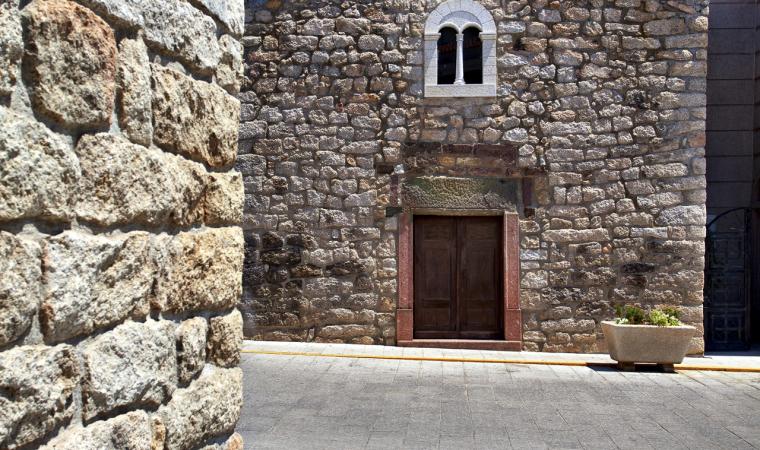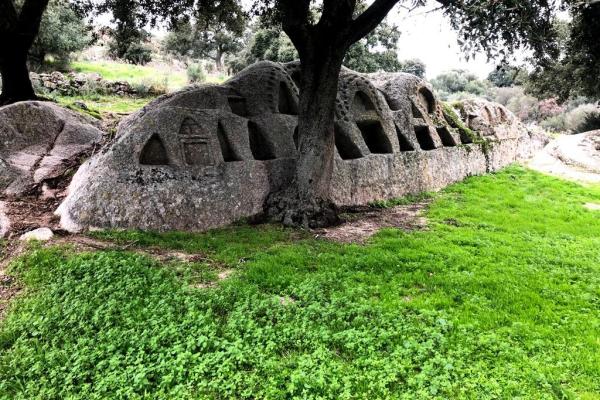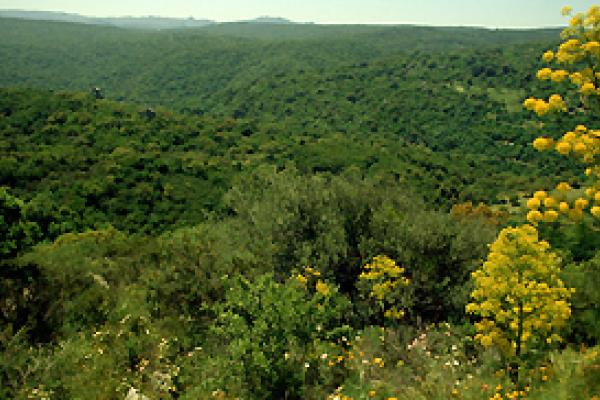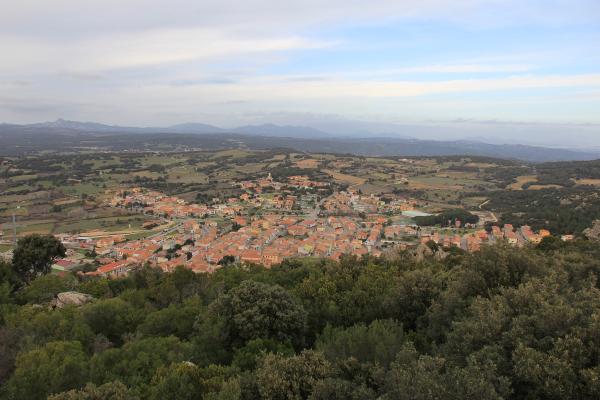It lies on the southern slopes of Mount Limbara, the 'mountainous heart' of Gallura, that surrounds it with granite rocks shaped by the weather, not far from Lake Coghinas. Berchidda is a village with three thousand inhabitants, with Neoclassical and Art Nouveau houses and buildings positioned in a 'crescent' shape in steep streets. In the centre, you will find the parish church of San Sebastiano, with its wooden Baroque altar, and the seventeenth-century church of the Rosary. From the main square, you can enjoy a breathtaking view of the valley and Mount Acuto, an elevation that gives a name to the territory. On the occasion of Time in Jazz, which lasts for a week, around the 15 August Ferragosto holiday, the village puts on its best clothes, the squares become a theatre, the streets come to life with the colours and sounds of the nighttime concerts, starring the famous trumpet player, Paolo Fresu and musicians from all over the world.

Town
A village deep in the Gallura region, in northeastern Sardinia, famous for its food and wine traditions, a medieval castle and a world-famous jazz event
A village deep in the Gallura region, in northeastern Sardinia, famous for its food and wine traditions, a medieval castle and a world-famous jazz event
See this place because...
Wine and music, the two main reasons for visiting an attractive village in the most inland part of Gallura, that also offers centuries-old traditions, captivating landscapes and delicacies
Pictures and videos
You may also like
More attractions in the vicinity
Nearby hotels and accommodations

BERCHIDDA
0 km

BERCHIDDA
0 km

Bed and breakfast (rental rooms)
BERCHIDDA
0 km

















